
TVS Raider 125 3,000km Long-term Review - 4 Likes & 3 Dislikes
- Dec 24, 2022
- Views : 31462

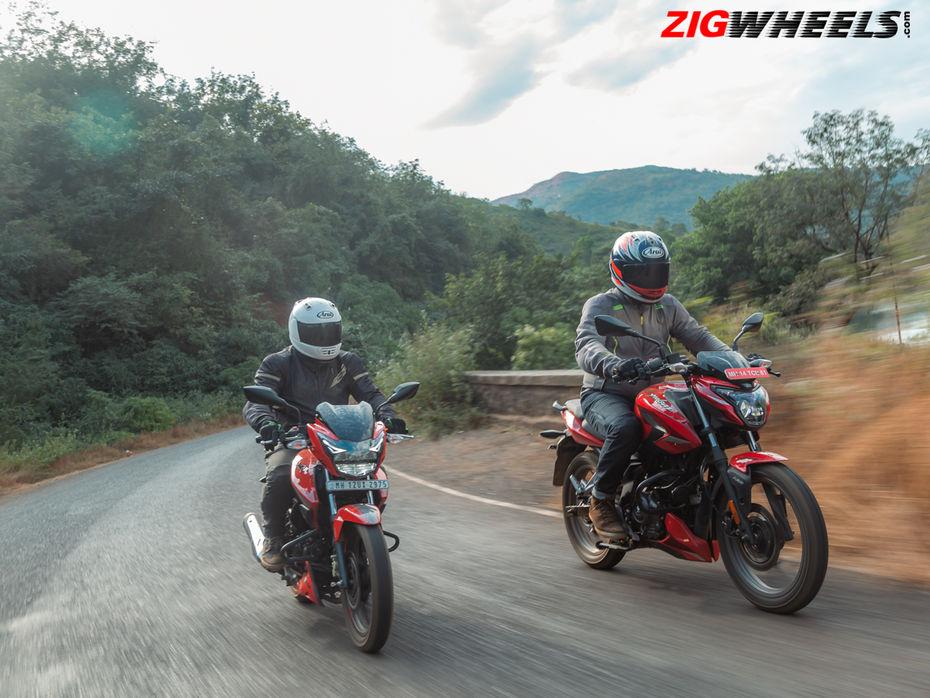
Pulsar vs Apache - they’ve been locked in battle for the hearts and minds of young riders for over a decade and a half. And it continues today as well, with the latest versions of the Apache and the Pulsar - the recently updated Apache RTR 160 2V and the all-new Pulsar P150.
So, things haven’t changed all that much in the 16 years that have rolled by, except perhaps the bikes themselves, the Pulsar more than the Apache though. And if they have to appeal to young riders, what these bikes need to do, apart from the practical stuff, is be fun to ride and look cool at the same time.
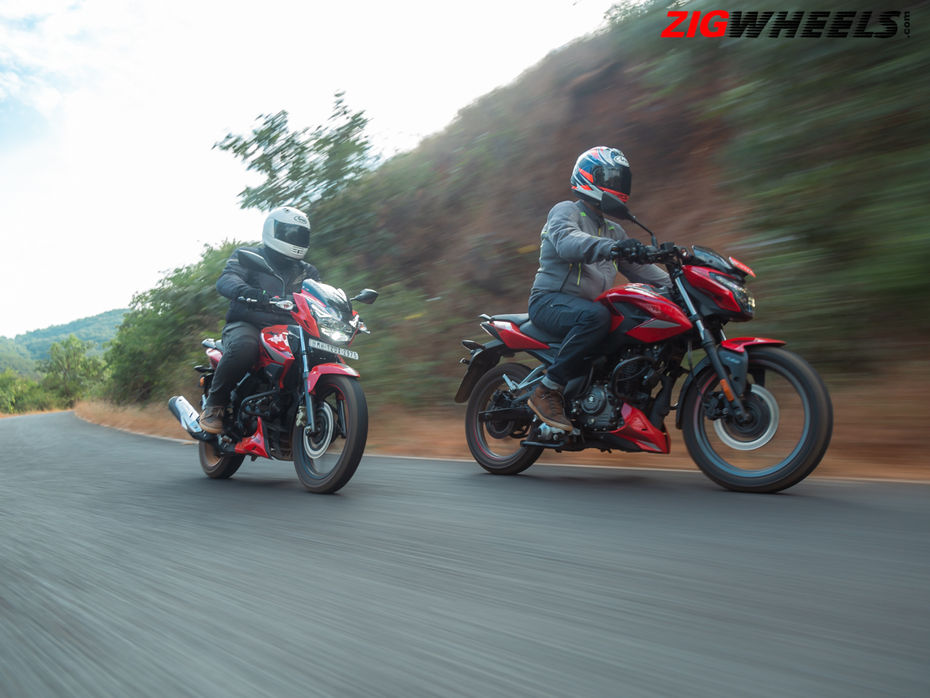
While the P150 has a new engine that’s been derived from the Pulsar N160, the Apache continues with the same motor that it has had for quite some time.
|
Bajaj Pulsar P150 |
TVS Apache RTR 160 2V |
|
|
Engine |
150cc, 2-valve, single-cylinder, air-cooled |
159.7cc, 2-valve, single-cylinder, air-cooled |
|
Power |
14.5PS @ 8500rpm |
Sport: 16.04PS @ 8750rpm Urban/ Rain: 13.32PS @ 8000 rpm |
|
Torque |
13.5Nm @ 6000rpm |
Sport: 13.85Nm @ 7000rpm Urban/ Rain: 12.7Nm @ 6500 rpm |
That said, it has seen some major improvements, and even though its running two valves, just like the Pulsar, it is slightly larger in capacity, and hence makes more power and torque. In fact, the Apache now also comes in three riding modes, which can change the amount of power and torque on offer. But for the sake of this comparison, we decided to run the Apache only in Sport Mode.
|
Acceleration |
Bajaj Pulsar P150 |
TVS Apache RTR 160 2V |
|
0-60kmph |
6.01s |
5.64s |
|
0-80kmph |
10.91s |
9.93s |
|
0-100kmph |
21.05s |
17.37s |
|
30-70kmph (3rd gear) |
6.52s |
6.09s |
|
40-80kmph (4th gear) |
9.01s |
8.44s |
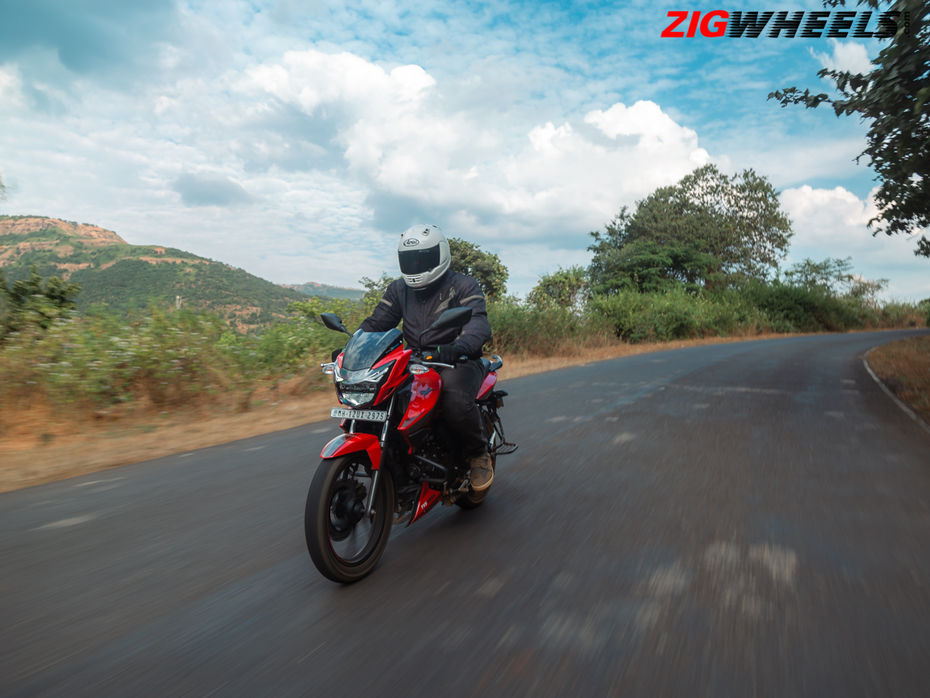
In terms of outright acceleration the Apache just loves to rev and in straight line acceleration, has the Pulsar licked. Although they’re almost neck and neck up to about 60kmph, the Apache is almost a second quicker to 80, and to 100, the gap opens up to over three seconds.
And that’s because the Pulsar sacrifices its top end for mid-range performance. But even when it comes to roll-on acceleration, the Apache is the clear winner. As they say, there’s no replacement for displacement.
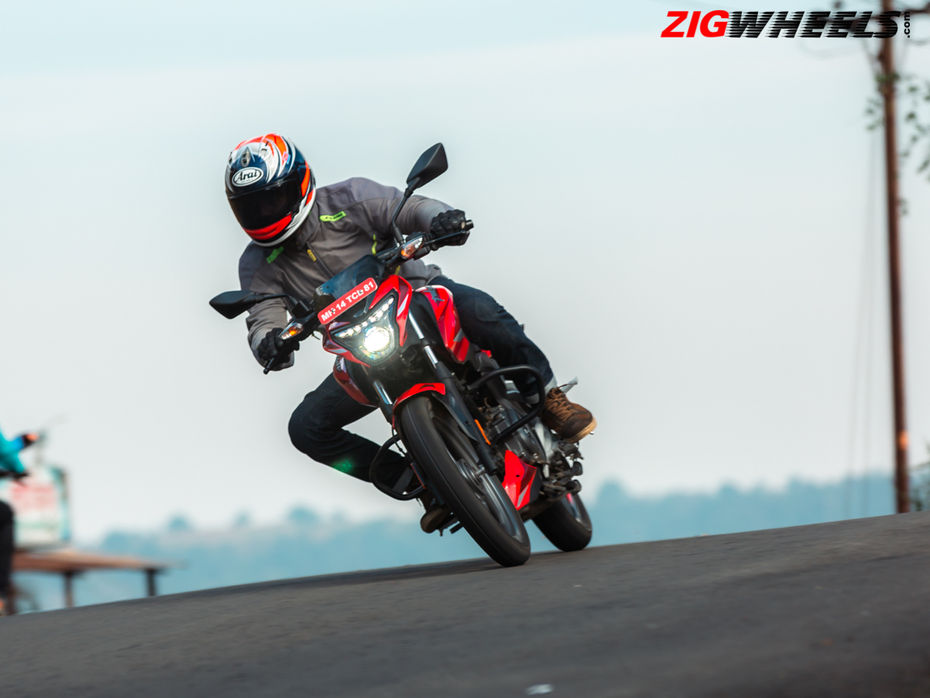
That said, the Apache’s performance advantage does come at a cost, and that is refinement. Post 80kmph, fairly strong vibes are felt from the pegs and handlebar of the Apache, and they can be felt from the tank as well. On the other hand, the Pulsar is just smooth at pretty much any RPM. So, while the Apache will dominate a drag race, if you were out cruising at highway speeds, although the Pulsar will take some time to get there, you’ll be far more relaxed on it.
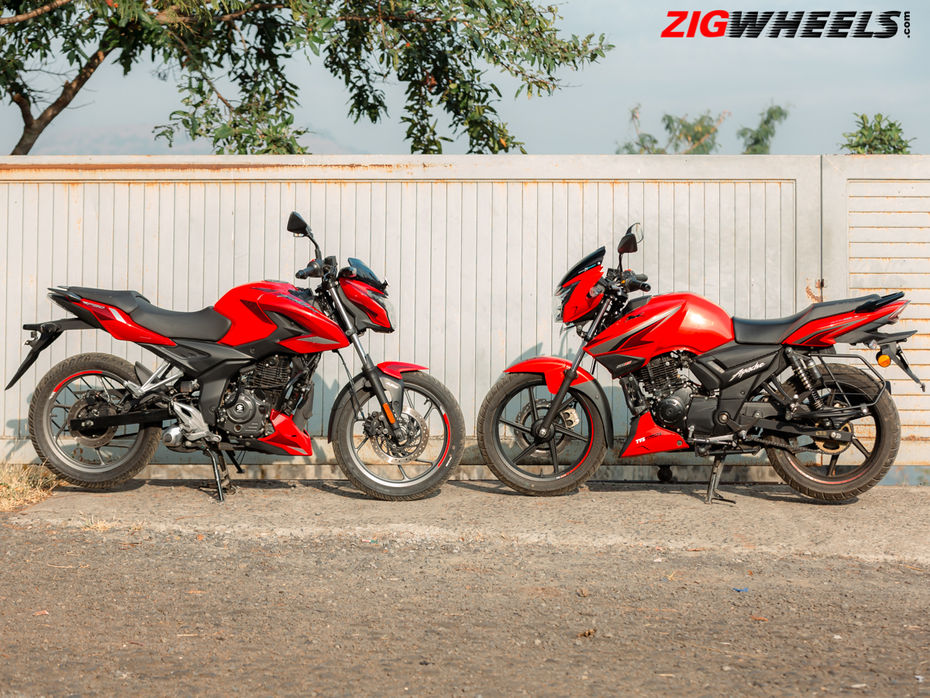
And in that same vein, the Pulsar feels more relaxed at city speeds as well, with its wide torque band allowing you to ride at really slow speeds in high gears. The Apache’s tractability isn’t much lower than the Pulsar’s, but the Pulsar comes out ahead here and also has less vibrations at city speeds. Plus, the Pulsar’s gearbox and clutch feel much lighter, making it a far better candidate for riding in urban conditions.
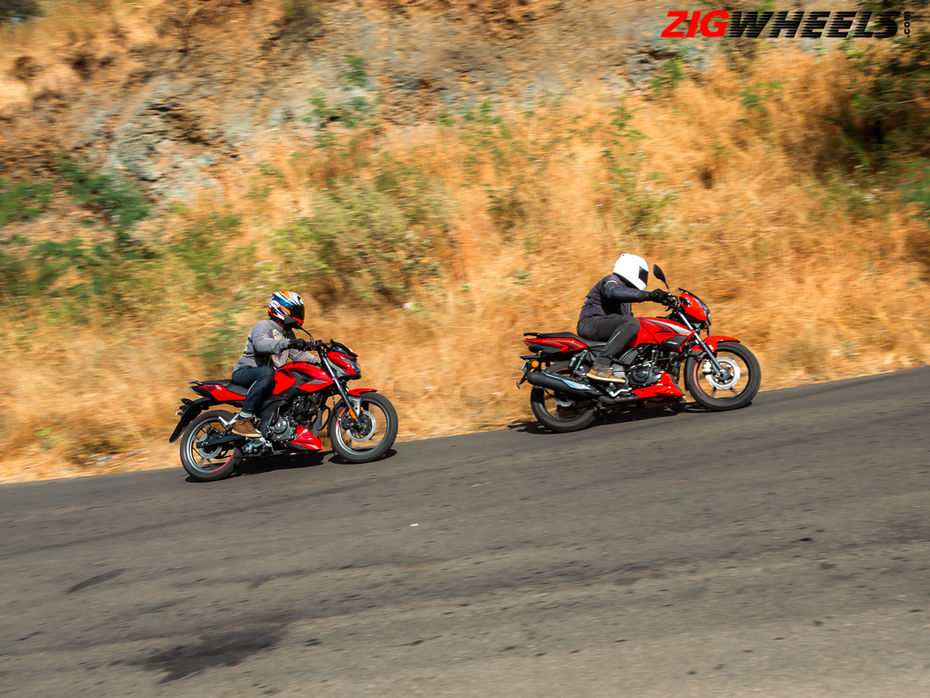
Of course, ‘fun-to-ride’ doesn’t just mean fun in a straight line. A weekend ride in the twistiest is probably the most fun you can have on a bike short of hitting the race track.
|
Bajaj Pulsar P150 |
TVS Apache RTR 160 2V |
|
|
Frame |
Cradle with engine as stressed member |
Double cradle |
|
Front Suspension |
Telescopic Fork |
Telescopic Fork |
|
Rear Suspension |
Monoshock |
Twin gas charged shocks |
|
Tyres (F/R) |
90/90-17 / 110/8017* |
90/90-17 / 120/70-17** |
|
Weight |
141kg* |
138kg** |
|
Wheelbase |
1352mm |
1300mm |
*Pulsar P150 Twin Disc **TVS Apache RTR 160 2V Rear Disc (Bluetooth)
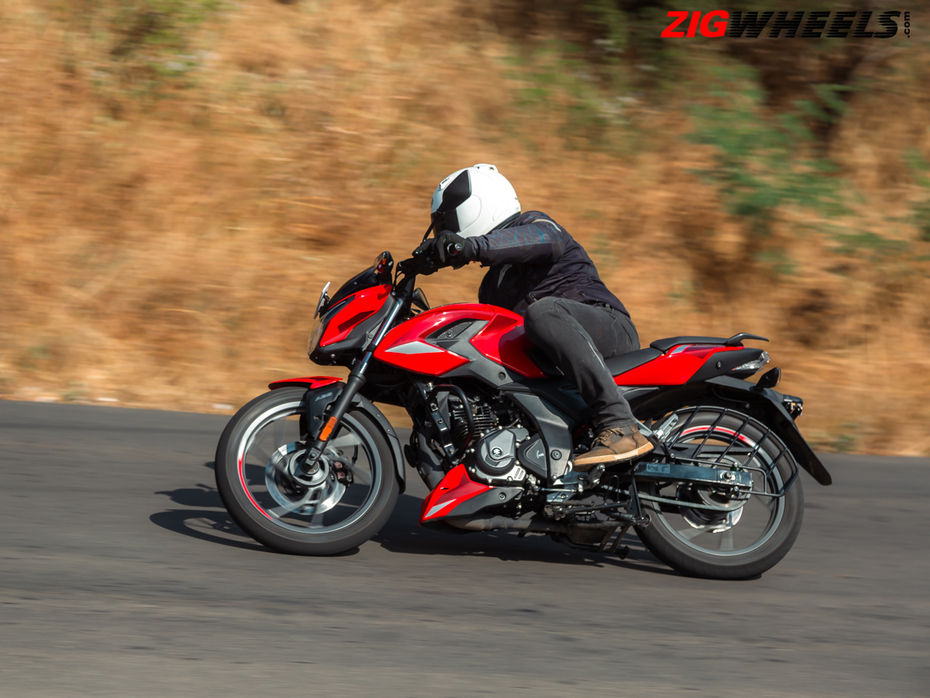
The P150 here is running with an all-new chassis that makes it much lighter than its predecessor. It’s also the first Pulsar 150 to get a rear monoshock. The Apache is still running on its double cradle frame that TVS has developed on the race track. It runs a telescopic fork like the Pulsar, but at the rear, it’s got twin gas-charged shocks. And although the Apache is a little bit lighter than the Pulsar, the suspension feels a bit stiffer. But boy, is it quick to steer.
But where the old Pulsar was heavy to steer, this light new P150 is almost as nimble as the Apache. Where the Apache can feel a bit twitchy when quickly changing directions, the Pulsar is far more settled. The pulsar handles mid-corner bumps really well and doesn’t react badly to any surface undulations. And therefore it feels far easier to ride fast around corners than the Apache.
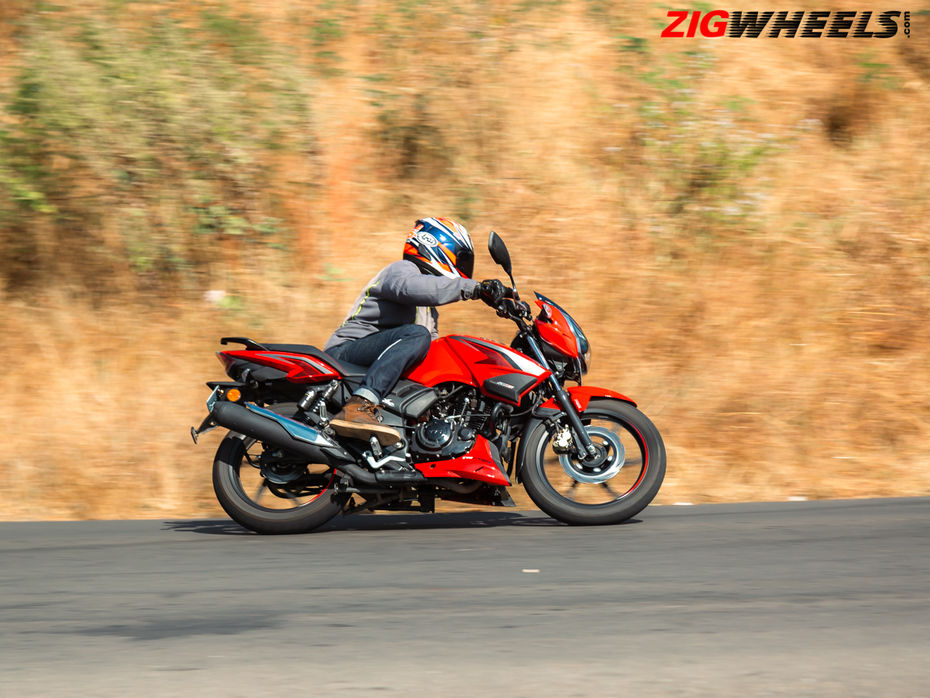
If you are an experienced rider though, the Apache certainly will feel more rewarding. The Apache is like your sports coach and demands a lot from you. But when you are able to learn what it's trying to teach you, you’ll come out the other side not only happier, but also a better rider.
The Pulsar, on the other hand, is far more welcoming to newer riders. It’s like a friend that encourages you and will more easily forgive mistakes. So, for new young riders, the pulsar makes a lot of sense.
|
Brakes |
Bajaj Pulsar P150 |
TVS Apache RTR 160 2V |
|
Front |
260mm disc |
270mm petal disc |
|
Rear |
230mm disc* |
200mm petal disc** |
|
Braking 60-0kmph |
16.17m |
18.69m |
|
Braking 80-0kmph |
29.32m |
32.61m |
|
ABS |
Single-channel |
Single-channel |
*Pulsar P150 Twin Disc **TVS Apache RTR 160 2V Rear Disc (Bluetooth)
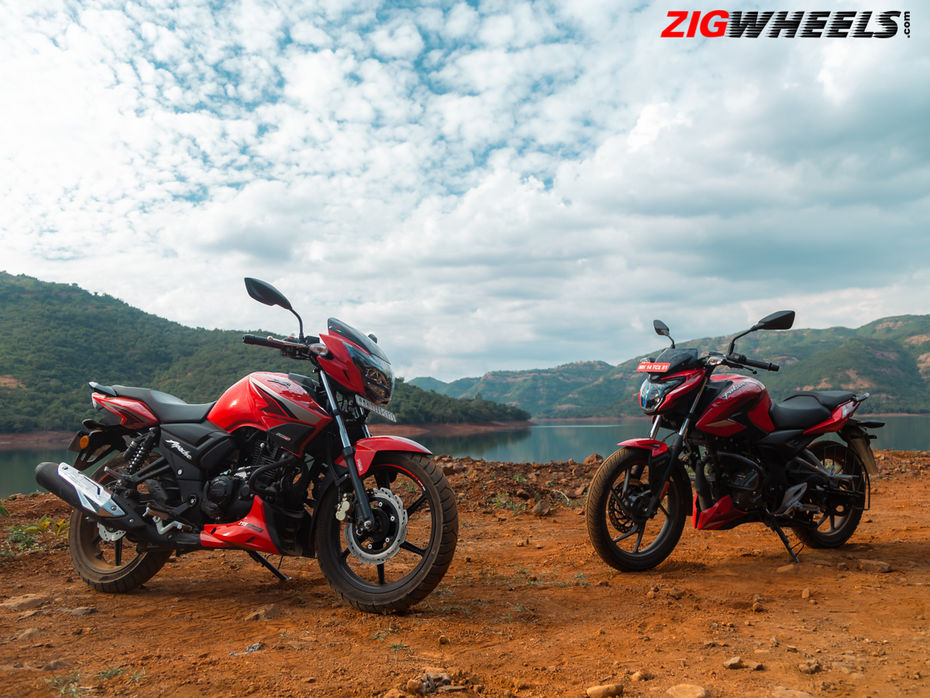
The Achilles heel of the Apache has always been its spongy brakes, and this RTR 160 2V is no different. The Pulsar’s brakes, on the other hand, while they don’t have great initial bite, offer great progression. And the Pulsar stops a heck of a lot sooner than the Apache from any speed. Both bikes only offer single-channel ABS though
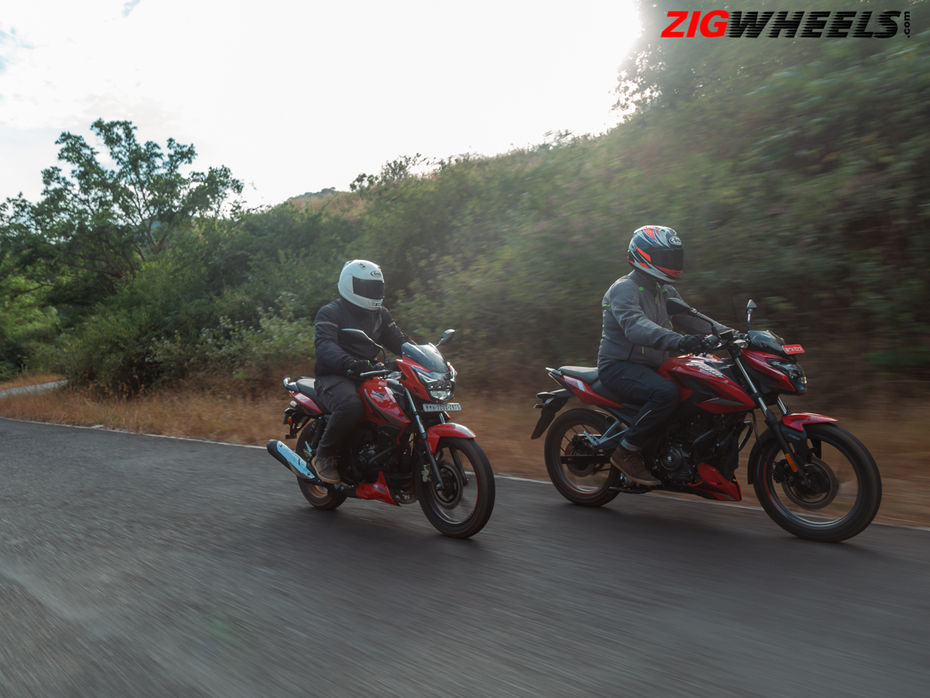
The Pulsar’s ease of handling also comes down to the way you sit on the bike - it feels more like a properly modern bike where you sit ‘in’ the bike. It doesn’t load up your wrists, ankles in any way. With the Apache, you end up sitting ‘on’ it… thanks to its really high foot pegs. This might be great for skinny racer boys on the track, but most young riders on public roads would find this posture more cramped. That said, both offer the same low seat height of 790mm, so getting your feet on the ground is very easy on either bike.
Fuel Efficiency
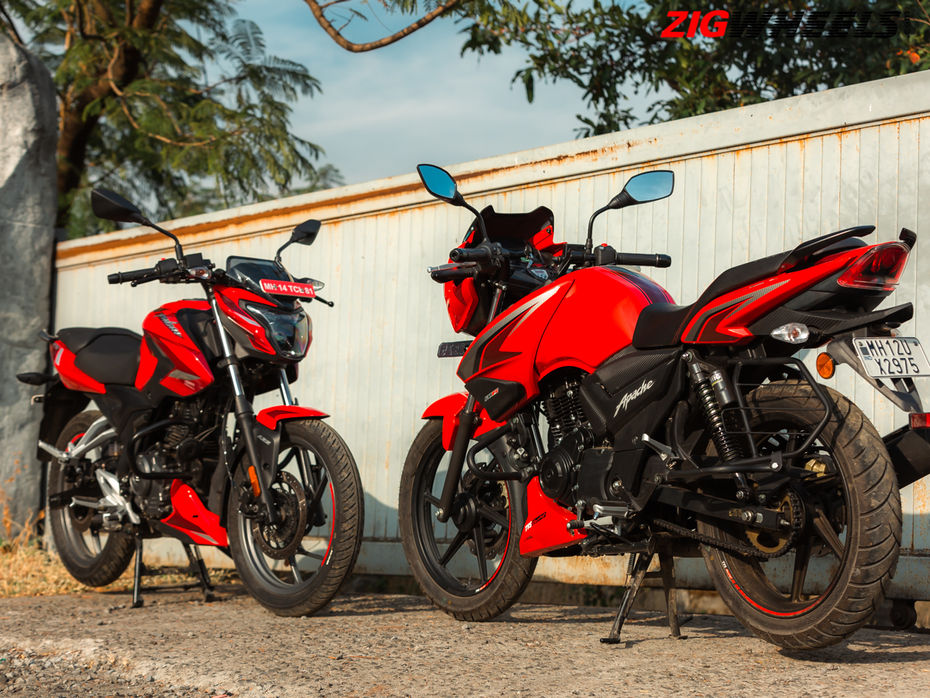
|
Fuel Efficiency |
Bajaj Pulsar P150 |
TVS Apache RTR 160 2V |
|
City |
49.7kmpl |
45.06kmpl |
|
Highway |
48.8kmpl |
46.99kmpl |
|
Fuel Tank Capacity |
14 litres |
12 litres |
The Pulsar’s easy-going engine helps its score better fuel efficiency in the city when compared to the Apache. And it even fares a little better on the highway too. While the difference might not be much, we’re fairly certain that for young, cash-strapped riders, every kmpl matters.

As we mentioned earlier, young riders want bikes that look cool too. The Apache’s design hasn’t changed drastically from its previous iteration, and does look quite busy overall. Some bits such as the carbon-fibre-like finish on some of its surfaces and the RTR etched into the exhaust heat shield do look rather cool. So while there are some cool design bits on the Apache, the problem is that even with all the updates, this design looks really dated and some parts like this bikini fairing and headlight just don’t flow well together.
The Pulsar’s design looks sleek, sharp and fairly minimalist too. And some bits like the floating panel of the front mudguard and the new alloy wheels look downright gorgeous. Plus, with its underbelly exhaust, the bike just looks slim and compact. But it’s more modern and cohesive. And while it does look like the N250 and N160, we really don’t think it’s a problem for a smaller bike to look like a bigger bike.
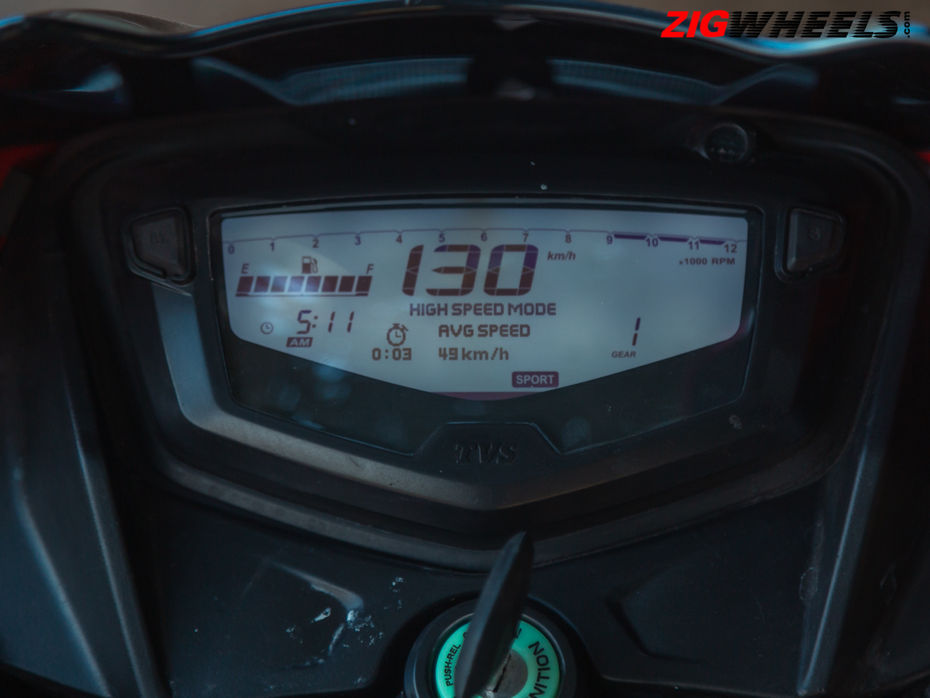
Bragging to your friends about all the cool features your bike has is something young riders do as well. Well actually most of us do that regardless of our age. Here the Apache makes a strong case for itself. That's thanks to its far more comprehensive all-digital LCD instrument cluster that offers Bluetooth connectivity for call and message alerts and turn-by-turn navigation. And let’s not forget the three riding modes which change power output and throttle response for different riding conditions. But do you actually need riding modes on a 16PS bike? For actual use, maybe not. But for braggind rights… definitely!
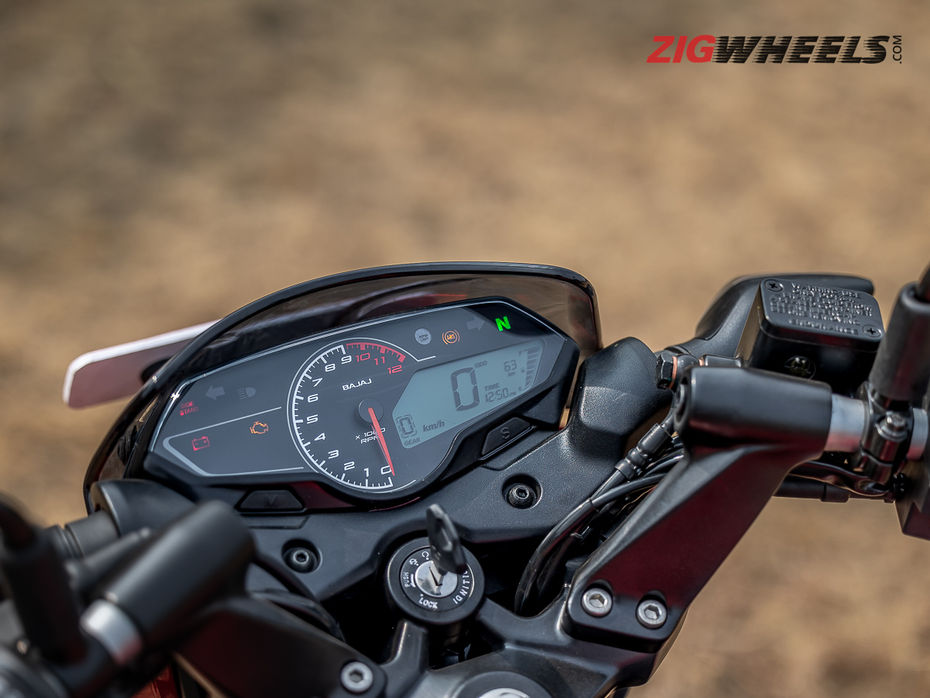
The Pulsar can only fight back here with its semi digital instrument cluster that isn’t as feature-packed as the Apache’s and a LED projector headlight… which if we’re being honest, isn’t that great in terms of providing illumination. But you do get a very conveniently placed USB charger on the tank just south of the instrument cluster.
|
Prices (ex-showroom Delhi) |
Bajaj Pulsar P150 |
TVS Apache RTR 160 2V |
|
Rear Drum |
Rs 1,16,755 |
Rs 1,17,790 |
|
Rear Disc |
Rs 1,19, 757 |
Rs 1,12,290 |
|
Rear Disc, Bluetooth |
- |
Rs 1,24,590 |
Between the rear drum and rear disc variants of the two bikes, the Apache is about Rs 1,000 and Rs 1,500 more expensive respectively. So, there’s hardly any difference here. But if you opt for the Bluetooth variant of the Apache, you’re going to have to shell out almost Rs 5000 over the rear disc variant of the P150. Is it worth it? Well… when you factor in everything else, maybe not!
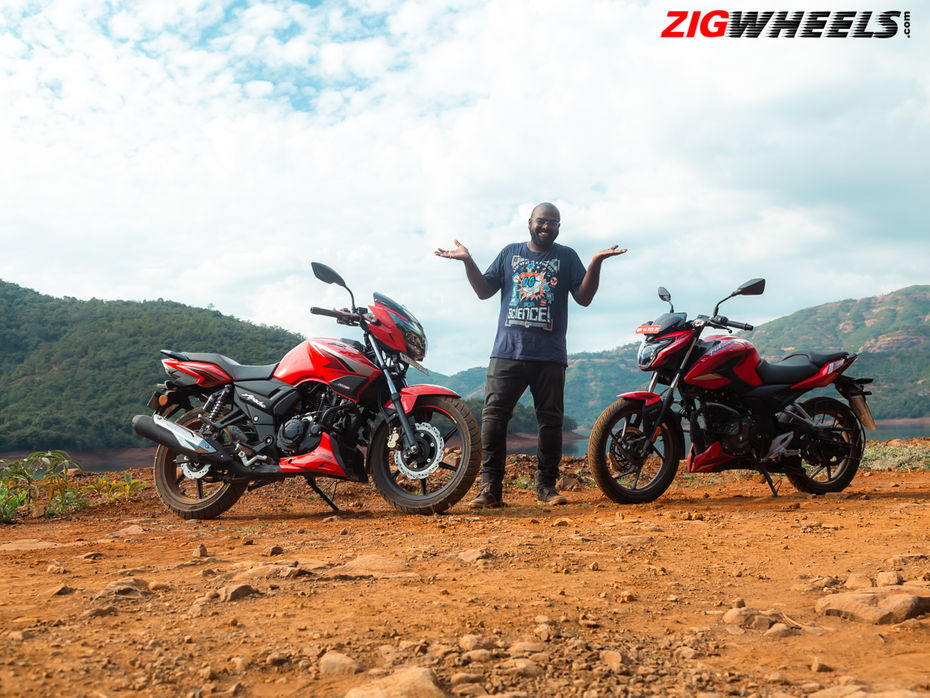
Honestly, we thought this was going to be a closer battle than this, like it ended up being with the elder siblings of these two bikes, the N160 and the RTR 160 4V. But after spending some time with these bikes, we realised that while TVS has really done a great job updating this 2V Apache, Bajaj has knocked it out of the park with the P150, which is a proper generational change, not just an update.
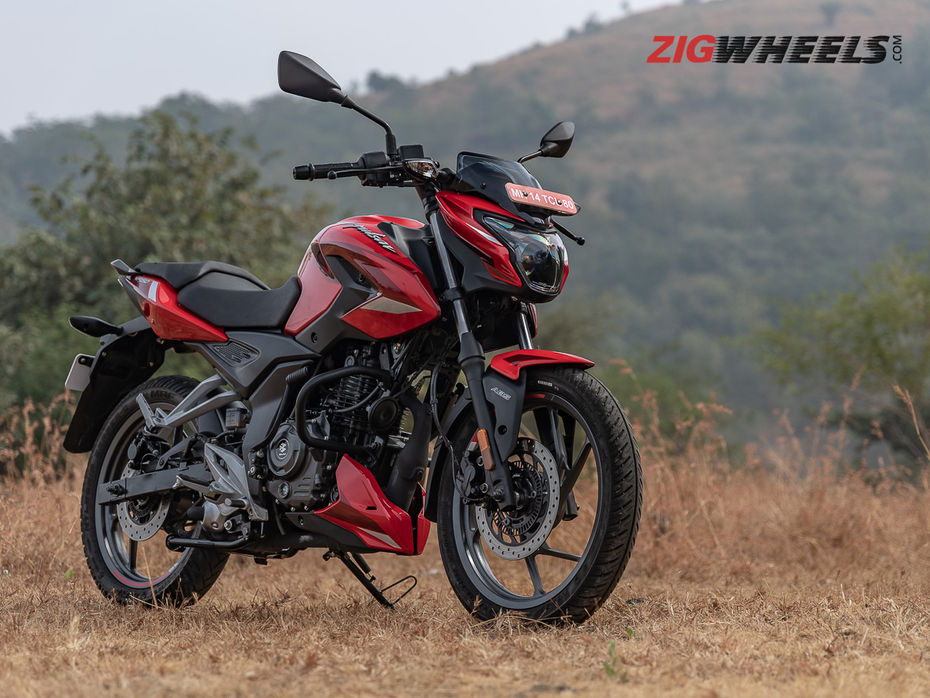
While we would still happily recommend the Apache RTR 160 4V to a lot of riders, but this 2V just feels a little too old, especially in the company of this new Pulsar. In a digital world, the RTR feels a little too analogue. It’s still enjoyable once in a while, and will certainly appeal to a certain set of younger riders. But for everyone else, who wants a fun bike that can do it all, the choice is unequivocally the new Pulsar 150.
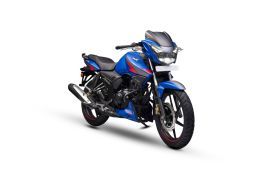

TVS Raider 125 3,000km Long-term Review - 4 Likes & 3 Dislikes

TVS Apache RTR 160 4V vs Bajaj Pulsar N160 Real-world Comparison...

TVS Apache RTR 165 RP Review: Not Completely Race-ready

Motomax Insta Shine Review: Can It Really Bring A Shine To Your Bike?

Yamaha MT-15 V2 vs TVS Apache RTR 200 4V Comparison Road Test: A...

Yamaha MT-15 Version 2.0 Road Test Review - The Perfect Imperfection
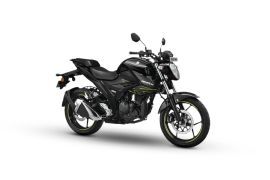 Suzuki Gixxer 150
Suzuki Gixxer 150
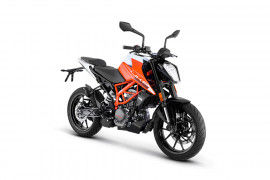 KTM 125 Duke
KTM 125 Duke
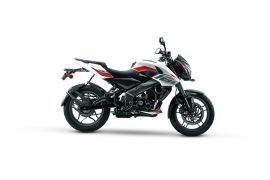 Bajaj Pulsar NS160
Bajaj Pulsar NS160
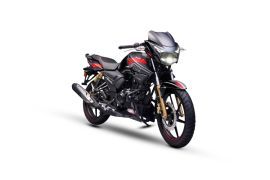 TVS Apache RTR 180
TVS Apache RTR 180
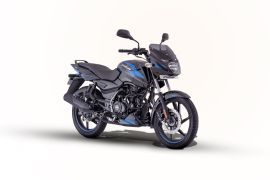 Bajaj Pulsar 150
Bajaj Pulsar 150
India's largest automotive community